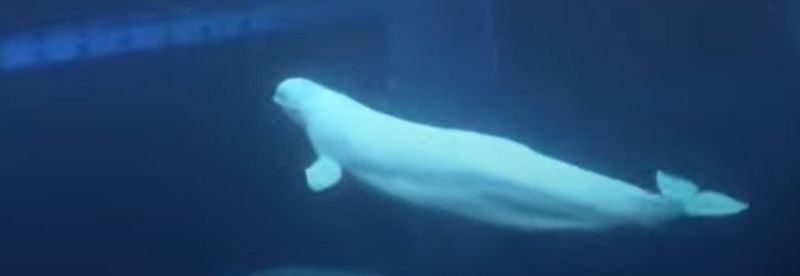 The Iranian Moudge-class destroyer Sahand capsized and sank in shallow water while undergoing dockside repairs in its home port of Bandar Abbas. The 1,300-tonne ship, commissioned in 2018, is one of the newest Iranian-built warships, fitted with surface-to-surface and surface-to-air missiles, as well as anti-aircraft batteries and sophisticated radar and radar-evading capabilities.
The Iranian Moudge-class destroyer Sahand capsized and sank in shallow water while undergoing dockside repairs in its home port of Bandar Abbas. The 1,300-tonne ship, commissioned in 2018, is one of the newest Iranian-built warships, fitted with surface-to-surface and surface-to-air missiles, as well as anti-aircraft batteries and sophisticated radar and radar-evading capabilities.
“As Sahand was being repaired at the wharf, it lost its balance due to water ingress. Fortunately… the vessel is being returned to balance quickly,” IRNA news service reported, citing a navy statement.
Maritime security analyst H.I. Sutton wrote on Sunday that the Sahand may have had a higher center of gravity due to recent upgrades, which could have affected its stability. The warship was fitted with a new radar, surface-to-air missiles, and more anti-ship missiles.


 An updated repost fitting for the day.
An updated repost fitting for the day. A fascinating story from
A fascinating story from  As of July 1, a ban on heavy fuel oil (HFO) for ships has come into effect in Arctic waters. The UN International Maritime Organization (IMO) ban on HFO, however, includes significant loopholes that will allow the vast majority of ships operating in the Arctic to use the fuel until 2029.
As of July 1, a ban on heavy fuel oil (HFO) for ships has come into effect in Arctic waters. The UN International Maritime Organization (IMO) ban on HFO, however, includes significant loopholes that will allow the vast majority of ships operating in the Arctic to use the fuel until 2029. The Ukrainian Magura V5 naval drones have proven to be fast, deadly, and cheap. As we posted last August, Ukrainian naval drones are
The Ukrainian Magura V5 naval drones have proven to be fast, deadly, and cheap. As we posted last August, Ukrainian naval drones are 



 The cruise ship
The cruise ship 


 Sometimes the final miles can take the longest to travel. A full decade after being carried by heavy-lift ship over 10,000 nautical miles from Scotland to her namesake port city,
Sometimes the final miles can take the longest to travel. A full decade after being carried by heavy-lift ship over 10,000 nautical miles from Scotland to her namesake port city,  The
The  A striking painting of the Falklands War has prompted a search to find the artist behind it.
A striking painting of the Falklands War has prompted a search to find the artist behind it.